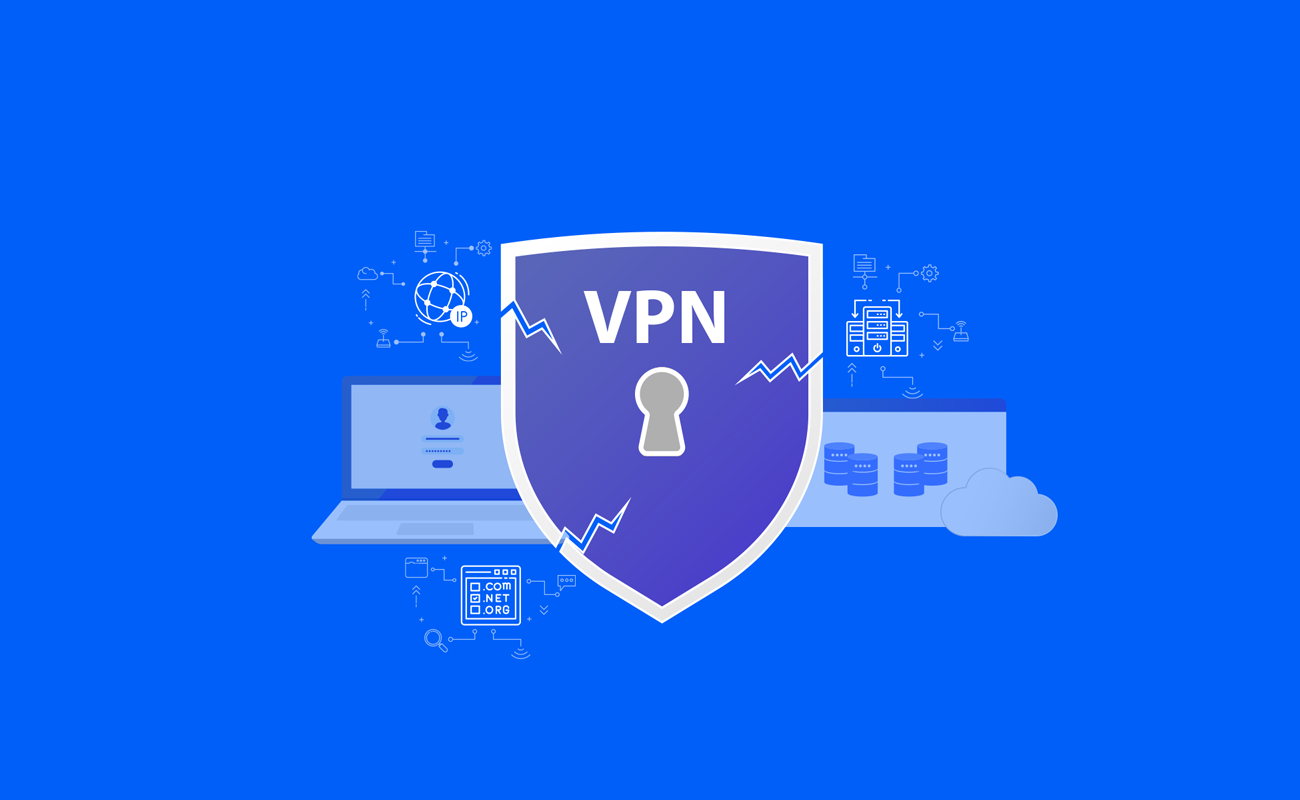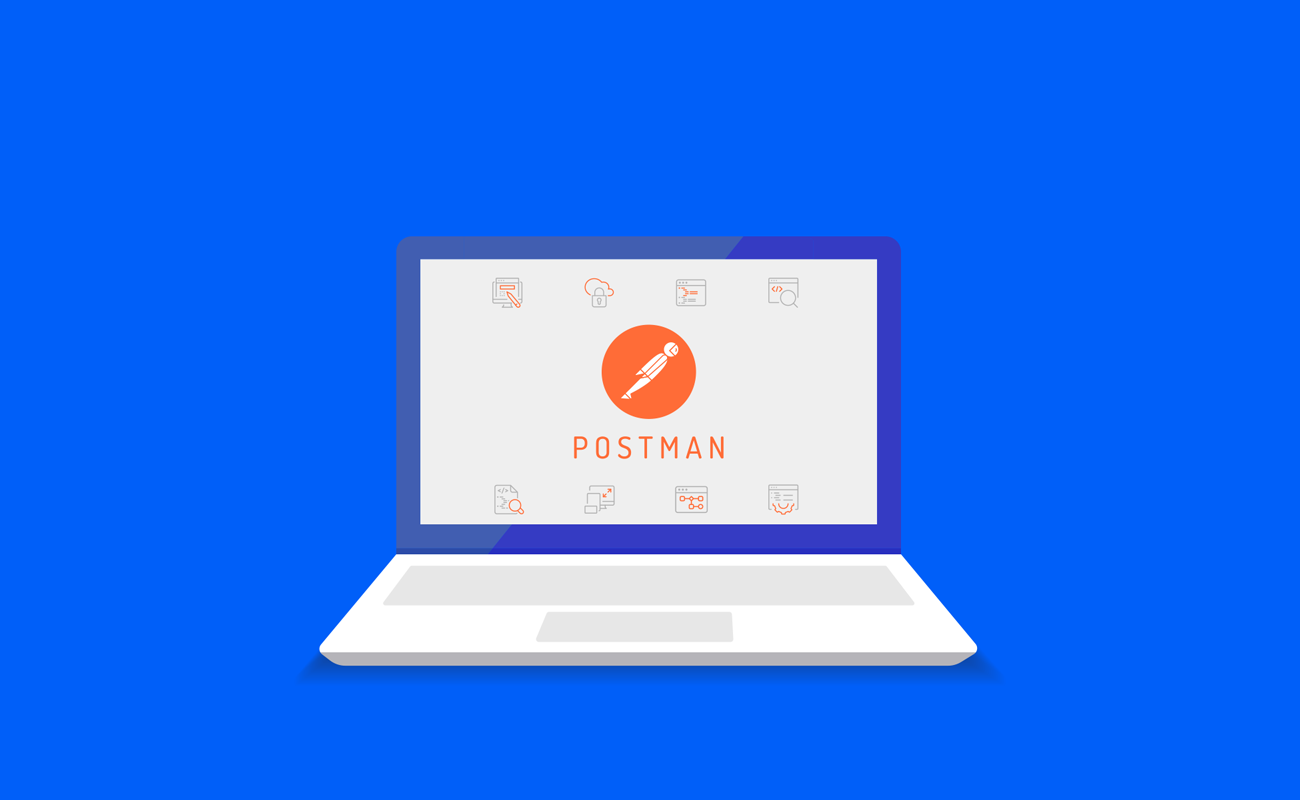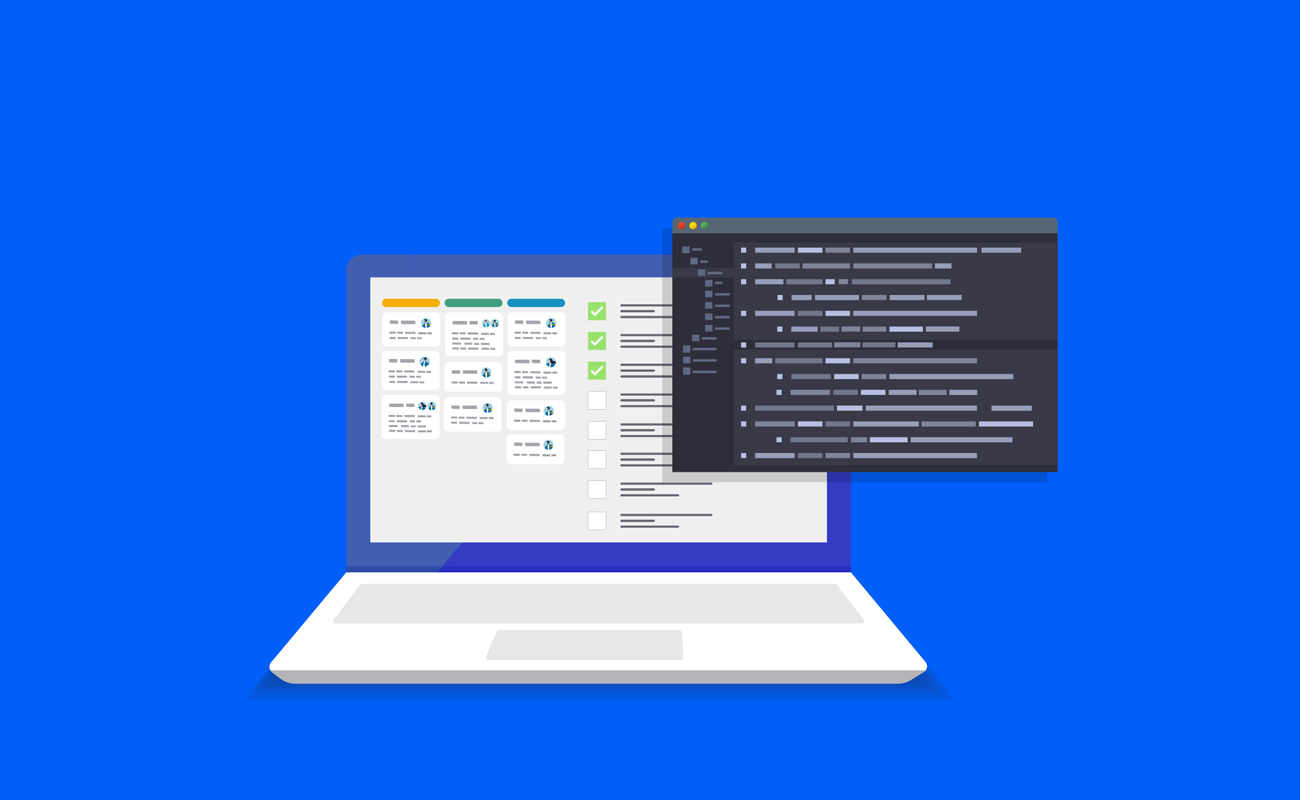
VPN leaks explained: How to fix IP, DNS, & WebRTC leaks
VPN leaks can expose your IP address, browsing activity, and DNS requests to your ISP and anyone monitoring your internet connection. If you don't know how to check for VPN leaks, you may not even realize they're happening.
In this comprehensive guide, we'll delve into the intricacies of VPN leaks, focusing on IP leaks, DNS leaks, and WebRTC leaks, and provide actionable steps to detect and fix these leaks.
Understanding VPN Leaks
A VPN leak occurs when your IP address, DNS requests, or any other data the VPN should secure becomes visible over the internet, even while the VPN connection is active.
This can endanger your privacy and security. It exposes your online activities to your ISP, hackers, or anyone who may be snooping.
IP Leaks
Every device connected to the internet has a unique IP address, which can reveal your geographical location and ISP. An IP leak happens when your IP address is exposed while using a VPN. This exposure can provide a clear picture of your online activities, defeating the purpose of using a VPN.
DNS Leaks
DNS, or Domain Name System, is the internet's phonebook. It translates the website URLs we type into their corresponding IP addresses.
Normally, these DNS requests should be routed through the VPN. However, in a DNS leak, these requests are sent to your ISP's DNS servers, revealing the websites you visit.
WebRTC Leaks
WebRTC, or Web Real-Time Communication, is a collection of technologies that enable web applications like video chat, voice calling, and P2P sharing to work directly in the browser without the need for plugins or software.
However, WebRTC can be exploited to reveal your IP address, even when using a VPN, leading to a WebRTC leak.
Detecting VPN Leaks
Before you can fix a leak, you need to know it's there. Regularly checking for VPN leaks is crucial to maintaining your online privacy.
Several reliable online tools are available for detecting VPN leaks, such as ipleak.net, dnsleaktest.com, and browserleaks.com for WebRTC leaks.
These tools provide comprehensive leak tests and are straightforward to use. Connect to your VPN, visit the site, and follow the on-screen instructions. The results will show if your IP address, DNS requests, or WebRTC data leaks.
Fixing IP Leaks
IP leaks can occur for various reasons, including software conflicts or incorrect network settings. One common cause is using IPv6 (Internet Protocol version 6) addresses. While IPv6 is the future of internet addressing, not all VPNs support it yet, leading to potential IP leaks.
To fix this, you can disable IPv6 on your device. The process varies depending on your operating system but generally involves going into your network settings and unchecking the IPv6 option.
Another effective measure against IP leaks is a VPN with a built-in kill switch. This feature automatically disconnects your device from the internet if the VPN connection drops, preventing any data from leaking.
Fixing DNS Leaks
DNS leaks often occur when your device uses your ISP's DNS servers instead of the VPN's. To fix this, you need to change your DNS settings to use more secure servers manually.
Many public DNS servers are available that prioritize privacy, such as Google's Public DNS, OpenDNS, or Cloudflare's 1.1.1.1 service. You can change your DNS servers in your device's network settings.
Additionally, some VPNs offer built-in DNS leak protection. This feature guarantees that the VPN's secure DNS servers route all DNS requests, not your ISP's. Make sure this feature is enabled in your VPN settings.
Fixing WebRTC Leaks
WebRTC leaks can be tricky to handle as they stem from browser vulnerabilities. However, there are several ways to prevent them.
One method is to disable WebRTC in your browser. The process varies depending on the browser. For example, in Firefox, you can type "about:config" into the address bar, search for "media.peerconnection.enabled", and set it to false. However, this might affect the functionality of specific web applications that rely on WebRTC.
Another solution is to use a browser extension that controls WebRTC behavior. Extensions like uBlock Origin for Firefox and Chrome offer WebRTC blocking features.
Lastly, some VPNs provide WebRTC leak protection. Check your VPN settings to see if this feature is available and ensure it's enabled.
Choosing a Leak-Proof VPN
While the steps above can help fix VPN leaks, the best defense is choosing a VPN designed to prevent leaks in the first place. Here are some features to look for when choosing a leak-proof VPN:
Built-in Leak Protection: The VPN should have built-in mechanisms to prevent IP, DNS, and WebRTC leaks.
Kill Switch: This feature automatically disconnects your internet if the VPN connection drops, preventing any data from leaking.
Secure DNS Servers: The VPN should use its own secure DNS servers to handle DNS requests, not your ISPs.
Strong Encryption: The VPN should use robust encryption protocols to secure your data.
The ultimate solution to solve VPN Leaks: Multilogin
Multilogin delivers state-of-the-art browser fingerprinting and robust data storage solutions.
Its unique offerings include the generation of distinct browser fingerprints for every profile, the provision of stealth browsers designed to inhibit data leaks, and the secure storage of all data on the AWS Cloud.
Begin your journey with Multilogin to a seamless, secure digital experience and step into a worry-free online world.




